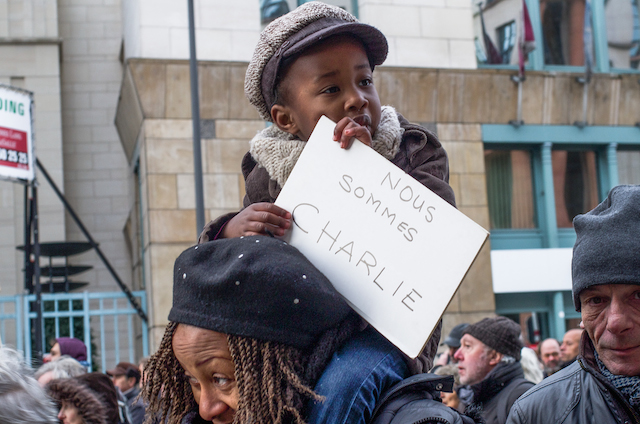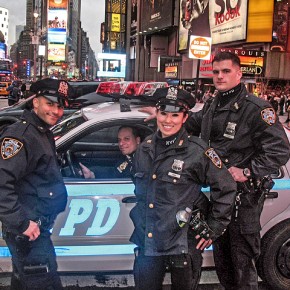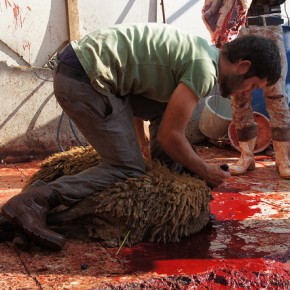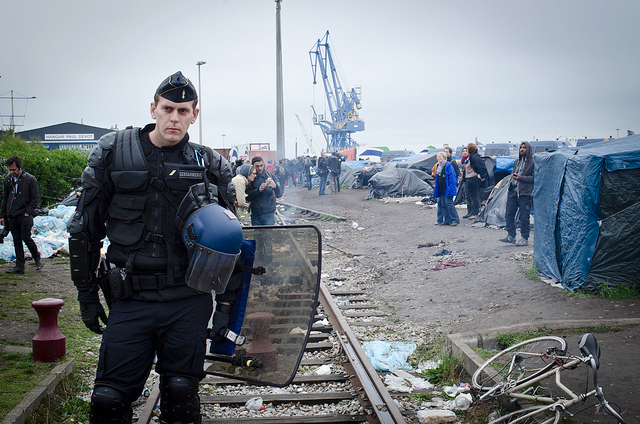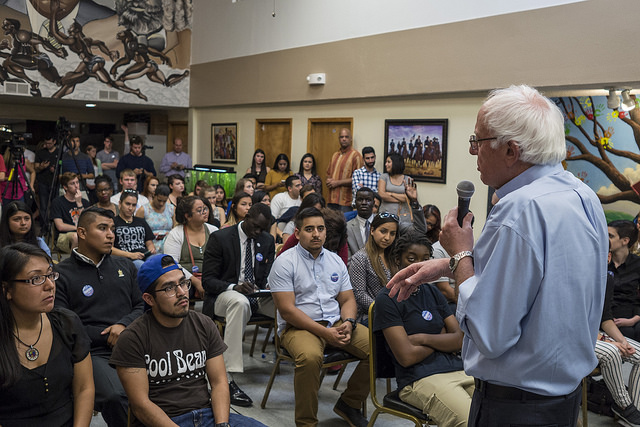Countless cries of ‘Je Suis Charlie’ (I am Charlie) have emerged in the wake of the violent attack on satirical magazine, Charlie Hebdo—one that has left 17 dead. And almost as swiftly, and now almost as furiously, comes the backlash. This backlash, and its proponents, are careful to condemn the attack, but nonetheless declares, ‘I am not Charlie’ as it tries to call attention to the racism inherent in many of the publication’s political cartoons.
Admittedly, I question the timing of these pronouncements. Charlie may be new to them, but this line of argument fosters an ugly suggestion of a rationale for the attacks and caters to the cultivation of a culture war many of the critics might not wish to wage. It is an argument that sacralises what should not be made sacred. And it suggests that the communities they ostensibly speak for are helpless to defend themselves (apparently unable to draft their own rejoinders).
I don’t think it’s necessarily a problem to observe racism. The cartoons are often awash with racist, sexist, and homophobic provocations, as if to secure the white male that is represented in the title of the journal (named after either Charles de Gaulle or Charlie Brown). But it is more complicated than that, and context is absolutely essential to understanding why.
This plea to consider the context is oft maligned, probably as ‘context’ is so frequently invoked to explain away perceptions of racism, sexism, homophobia, and so many forms of hatred. At its clumsiest, it offers the thinnest rhetorical veil to cloak some seriously vile sentiment.
But context has its uses, particularly for these legions of Anglophones who have suddenly discovered Charlie and experience severe reservations in light of the images they find. (Or who have discovered Charlie, and decided to deploy it for their own disturbing anti-immigration agendas.)
The images used to illustrate Charlie’s racism or anti-Muslim tendencies get in the way seeing the omnidirectional aim of their satire. Muslims, Africans and the Middle East are not the only subjects of satire, which has been targeted at everyone including the Front National, Christians (and Christianity) and capitalists. At the same time, declarations of equal opportunity satire can sting when it seems that they are ‘punching down’ rather than up. And goodness knows being a leftist is hardly inoculation against ugly sentiment and action.

Moreover, the presentation of the images used do not take into account a larger context of French political satire and cartooning, which includes inspiration from de Sade and Voltaire, and can seem positively Rabelaisian, with its focus on the lower bodily function. There is the gross and the gouaille that Arthur Goldhammer describes a populist, anarchic and obscene—something ingrained in Charlie Hebdo’s satire.
And context is essential is reading the cartoons themselves. It is frustrating that images are being posted with no statement or treated as if they speak for themselves. But they don’t. They speak through rhetorical and cultural cues, and that can change the meaning. These cues are not only that general legacy; they are deeply specific, as all political satire is.
For instance, Avant Blargh’s first Charlie Hebdo cover stood out: In it, Dieudonné bends over with something poking out of his arse—a banana, but perhaps a quenelle, a fishy meatball. After all the text reads ‘Bonne Année! Bonne Quennelle!’ For those not in the know, the quenelle is not just food but also a gesture- an inverted Nazi salute invented and popularised by Dieudonné M’bala M’bala, a comedian who traffics in anti-Semitic and anti-Zionist humour, blaming Zionists for everything from the death of Christ, to why his toast falls butter side down. (OK, that last is an exaggeration, but his interviews reveal sentiments so close as to be as ludicrously hyperbolic if not complete Dadaesque.)
When I first saw the image, I did not think ‘racist’ but ‘Why a banana? Surely a pineapple would be more appropriate and potentially satisfying to see.’ After all, ‘Ananas’ or ‘pineapple’ references Shoahnanas, a song used to mock the Shoah or the Holocaust, and a perceived Jewish stranglehold on French culture and its commemoration porn. Like the quenelle, it is code, making context valuable even in this clumsy explanation.
My question about the banana was soon answered though, when I went to his web page and saw his holiday wishes video: Bon Ananas! Perhaps it’s just me, but it sounds a bit like ‘banana’. Or more likely, it suggests ‘Y’a bon banania’, a reference to an advert that featured a Senegalese soldier- it is a fraught icon in France, a reminder of a racist colonial legacy as much as a good wish.
With this context, the image takes on a different meaning. For those not familiar with Dieudonné, this is a random black man sodomised by a banana. But taken further, and read through a different set of interpretative grids, this offers something that pokes fun at a prominent figure through a combination of word play (for which he is known) and crudeness. It simultaneously deploys and reflects upon a racist and colonial legacy to boot. It’s not simply Dieudonné who is skewered here.

And this is where it gets complicated: The satirists deploy the discomfiting tropes, often to reveal the racism or ugliness of the trope itself, often alongside the target. The images are not easily decoded. And of course, they are not decoded as encoded, meaning that there is collateral damage as people can be faced with an ugliness that pursues them at all times and everywhere. Can the two concepts be so readily disarticulated by the victims of a cultural violence, which is pervasive and hardly restricted to Charlie?
But let me take another image from the collections offered by the critics. What do we do with that one used to condemn the GPA (Gestation pour autrui or surrogacy) and in particular, the outsourcing of labour to overseas uteri? At first glance, the cover is appalling. It looks to be two gay men walking a naked black woman on a leash. The text reads, ‘La GPA, c’est deux parents et une esclave’ or ‘Surrogacy, it’s two parents and one slave’. There’s a better case for homophobia here, it would seem (something about which the new Anglophone critics are fairly quiet.) The horrifying image of a brown woman on a leash, a slave, expresses a critique of the perceived ugliness of globalised surrogacy; it does not appear to be directed at the woman, even as it is her signifying body that must bear the weight of the criticism.
Even the Boko Haram image, the one that seems to defy explanation and understanding can be read. In this cartoon, there are a group of women, all pregnant, all angrily shouting ‘Touchez pas a nos allocs’ (‘Hands off our welfare’.).The legend reads ‘Les Esclaves Sexuelles De Boko Haram en Colère’ (The Angry Sex Slaves of Boko Haram’.)
Everything about it suggests that they are treating the victims of kidnapping and sexual slavery as the welfare queen of conservative nightmares. But the immediate reading does not take into account Charlie Hebdo’s tradition of combining two topics into one image. In this case, in addition to the news about Boko Haram, Charlie was taking on the issue of potential cuts to welfare. Through this combination, they mock the French anxieties, giving life to nightmares through reductio ad absurdum: victims of violence are the greatest threat to France. This is the Right’s nightmare vision of the welfare queen. It is a Charlie Hebdo version of Stephen Colbert.
Whether it works or not is not for me to say here. I’m certainly inclined to critique the cartoons when they come out (and not when a violent attack has been launched against its authors.) It certainly isn’t my goal to explain away the troubling aspects of some of these cartoons. But context is required, especially as the Anglosphere once again imposes its worldview onto others. This journal and its work are ironically not best understood through broad brushstrokes.
Photographs courtesy of Joel Schalit.
